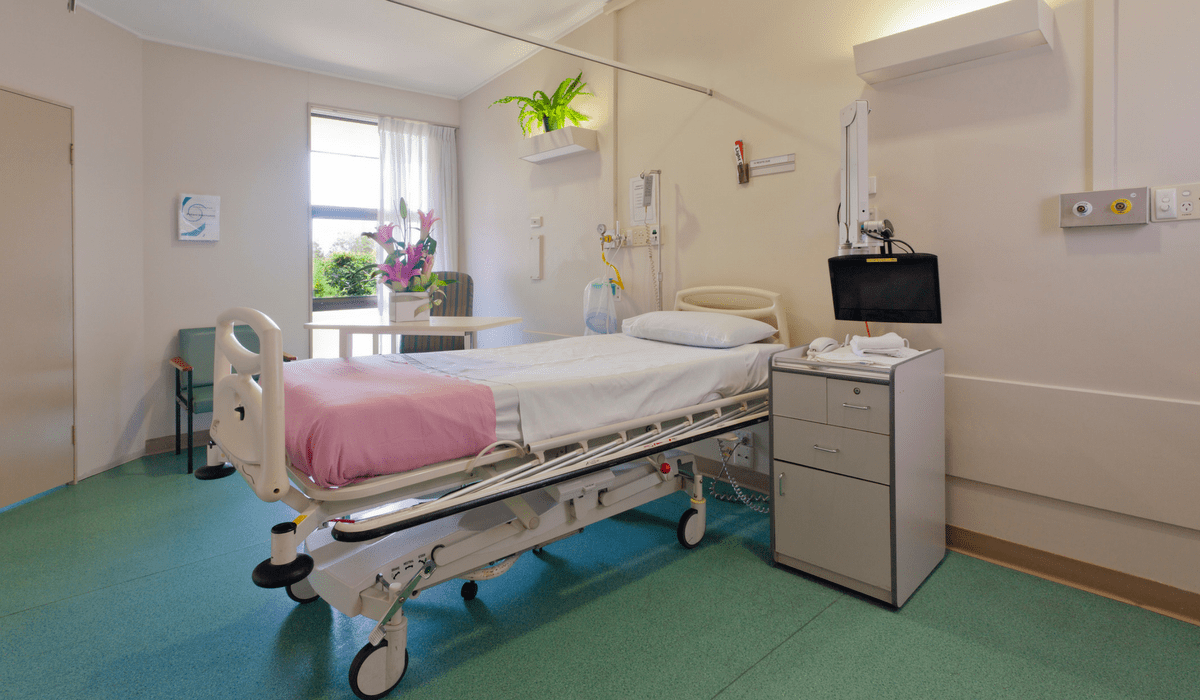Healthcare Safety
Creating an Overall Strategy
Safety in the healthcare environment encompasses many areas, including both the safety of healthcare workers and the safety of patients. So, it is vital that hospitals and other healthcare facilities provide the highest levels of cleanliness to create a safe environment and to comply with regulations.
Here are some key elements we feel make up a successful overall healthcare safety strategy.
Collaboration
Healthcare facilities often include many departments, loads of equipment, varied and commingled facilities, and an environment that includes the general public. Therefore, a collaborative safety strategy is essential to ensure timely and effective communications regarding safety issues.
Healthcare safety strategies that are created as standalone policies within each department are prone to loopholes and bottlenecks that may actually create an unsafe environment.
It’s important to address safety across the entire care continuum and to create centralized and coordinated oversight of the entire facility. From the C-Suite, the cafeteria, the operating room, and all the way to patient rooms, cleanliness of the facility and safety of workers and patients must become a coordinated and collaborative effort.
Metrics
The healthcare industry traditionally uses negative metrics, or measures, to quantify the success or failure of a safety strategy. Generally, things like HAIs (hospital-acquired infections), avoidable deaths, and wrong-site surgeries are tracked and measured, and new steps are put in place to reduce the numbers of these events.
A more positive, and likely more effective, approach might be to motivate the staff around the number zero. Rather than working backwards from adverse events, start with zero and the belief that all events are preventable. Setting a goal of zero errors should be backed up by an overall strategy based on diagnosing problems and addressing them specifically. And, creating facility-wide safety metrics, which are based on meaningful outcomes, can create a shared sense of responsibility for all.
Continuing and Continuous Education
Safety is not a one and done process. New hire training, or once-a-year training, is no longer enough in today’s complex healthcare environments. All hospital staff and workers must be continuously vigilant to hospital safety.
Education can be as simple as signs and placards, computer reminders, or posted protocols and checklists. In addition, safety education can be offered as short sessions during the lunch hour or as complete classroom courses for complicated topics.
Modeling
Safety starts at the top. When a culture of safety is created by senior leaders, all staff and employees can be more motivated to take on the responsibility for safety themselves. And, it is often true that what gets rewarded gets repeated. Therefore, in addition, rewards and recognition should be given to those who support and exemplify safety so that they may serve as role models for others.
These are just a few ideas for creating a comprehensive and cohesive safety strategy. After all, operating a clean and safe healthcare environment creates a sense of confidence and trust in the patients served and a sense of pride and responsibility for those who work there.
About Johnston
Johnston has always stood for reliability, commitment, quality, and service. Our heritage means years of accumulated industry knowledge, the ability to see the bigger picture, and the know-how to determine the best possible approach. Combining this mastery with the drive to deliver exceptional results, Johnston goes beyond sales, developing strategic, end-to-end tailored solutions for each customer since 1881.



